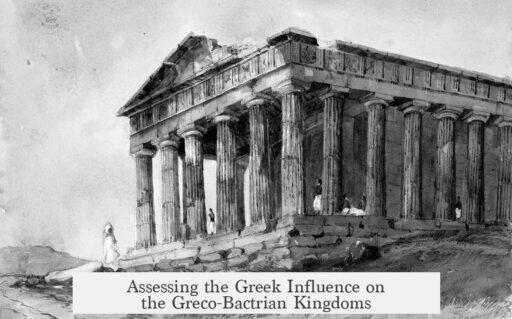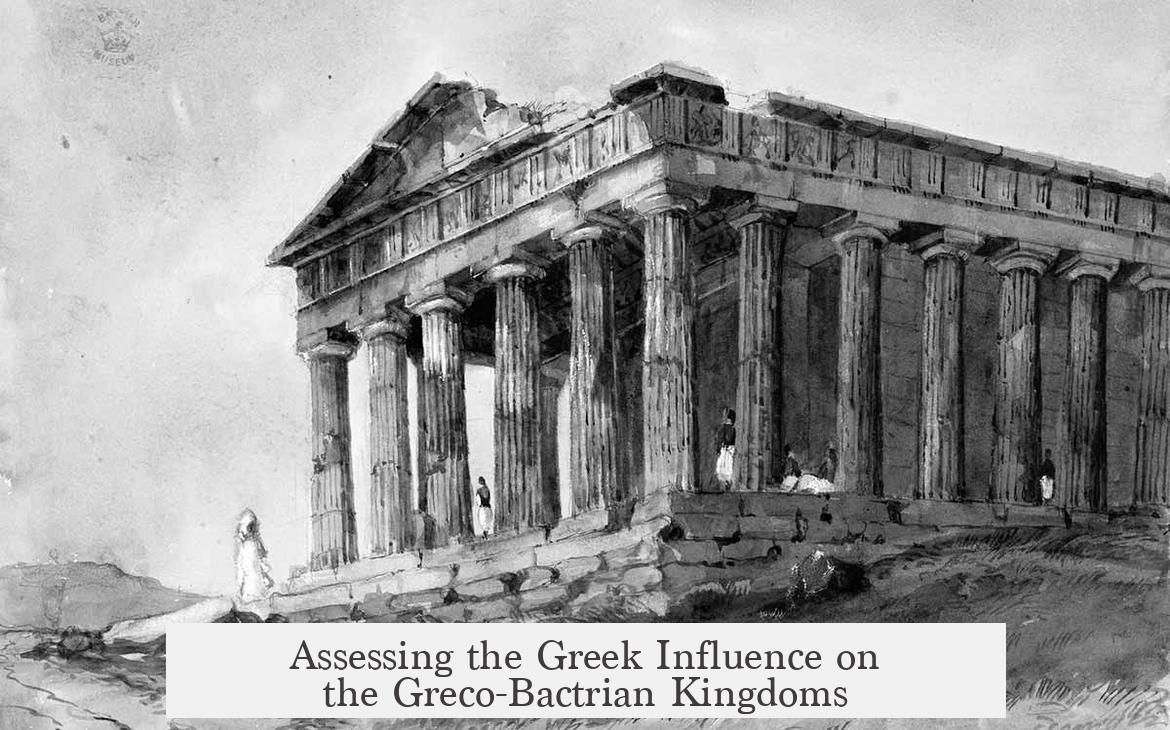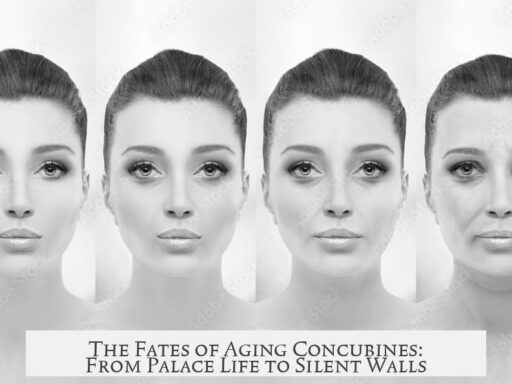The Greco-Bactrian Kingdoms were not purely Greek colonies but a unique hybrid society where Greek and local Iranian cultures fused deeply. Greeks lived there in significant numbers, sustaining civic institutions, cities, and infrastructure, yet the native cultural identity persisted strongly alongside. The coexistence transcended simple coexistence; it created a blended social and cultural fabric.
The Greek presence in Bactria was substantial and physical. Greek settlers populated cities with active citizen bodies and civic elements. Unlike a mere military outpost, Bactria under Greek rulers functioned as an integral part of the Seleucid Empire. The Seleucids invested heavily in fortifications, civic temples, and irrigation works to maintain productive agriculture. They carefully maintained and enhanced long-established Bronze Age canals, illustrating an ongoing commitment to local resources.
Greek material culture had a strong impact. Greek pottery replaced many indigenous ceramic styles, even in rural regions. Greek religious images appeared widely, becoming a visual lingua franca beyond purely Greek communities. Greek inscriptions, written in the Greek script, appeared extensively. Notably, the script was adapted with new letters to transcribe the local Bactrian language, showing sustained local linguistic identity beneath Greek influence.
Cultural institutions like libraries housing Greek manuscripts, gymnasiums with Delphic maxim inscriptions, and Greek-style mausoleums reflected an active transplantation of Greek civic life. Gymnasiums played an important role educating youth in Greek traditions, illustrating the ambition to maintain Greek cultural practices.
Despite this strong Greek imprint, Iranian cultural elements persisted prominently. Many civil servants used Iranian personal names transliterated into Greek script, indicating a blended identity rather than a replaced one. Temples retained traditional Bactrian architectural styles, combining Iranian and Mesopotamian influences constructed mostly in mud-brick, differing from earlier Achaemenid styles. The survival of the Bactrian language, albeit written in Greek script, demonstrates a profound local cultural endurance.
Strikingly, no Greek religious temples dedicated to gods like Artemis or Zeus have been found in Bactria. Greek religious imagery and coin representations were common, but worship took place mainly at native temples. This suggests an acceptance of diverse religious spaces, with Greeks participating in local cults while retaining Greek self-identity.
The situation reflects a deliberate fusion rather than a simple Hellenization. Both Greeks and Iranians influenced each other. The Iranians adopted Greek modes and habits, while Greeks absorbed Iranian cultural traits. Boundaries between identities blurred, creating shared cultural ground. The absence of Greek temples further implies flexibility in religious practices and communal life.
Bactria remained firmly within the Hellenistic world. Greek rulers governed, many Greeks lived there, and cultural ties to the Greek East Mediterranean continued. Trade routes and travel between Greece and Bactria persisted even near the kingdom’s end in the 140s BC. However, it was never just a Greek export or colony. Instead, it represents a complex hybrid society where Greek and local identities reshaped each other.
| Aspect | Greek Influence | Iranian/Local Influence |
|---|---|---|
| Population & Cities | Significant Greek citizens; civic institutions | Local residents mixed; Bactrian traditions maintained |
| Language & Writing | Greek script used extensively | Bactrian language written via adapted Greek alphabet |
| Religion & Temples | Greek religious imagery on coins and art | Temples of native Bactrian/Iranian design only |
| Material Culture | Greek pottery replaced native ceramics | Traditional mud-brick architecture remains |
| Cultural Institutions | Libraries, gymnasiums with Greek features | Use of Iranian names and administrative roles |
- Greeks inhabited Bactria substantially, fostering Greek civic life.
- Greek culture fused deeply with enduring Iranian traditions.
- No Greek temples existed; religious practice remained local.
- Bactrian language and identities persisted under Greek script.
- Greco-Bactria represented a hybrid, not purely Greek, society.




